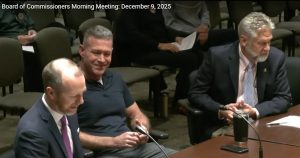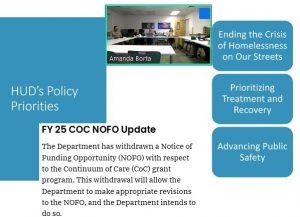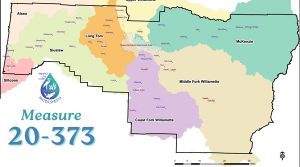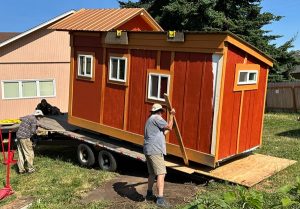Our BIPOC Heroes: Toshi Ishibashi
6 min read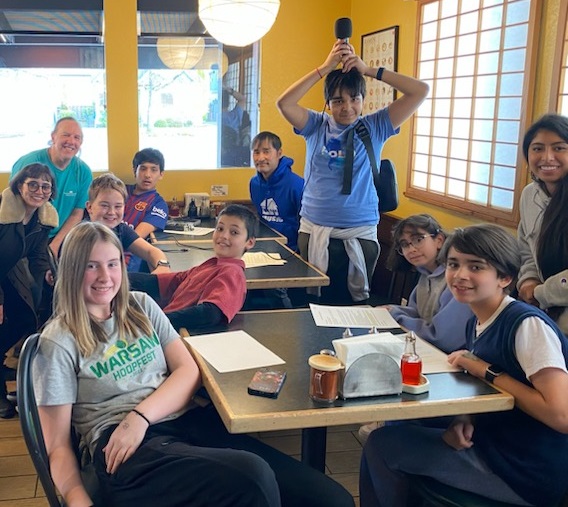
Interviews with BIPOC heroes: From their new studio at CALC, the Youth Radio Project travels to South Eugene, and a visit with one of their heroes, Toshi Ishibashi.
[00:00:10] Ezekiel: When I was seven years old for my seventh birthday, me and my family came to Toshi’s for the first time, and I really admired the detail that you put in your food. I will always cherish that memory. When we were thinking of people we wanted to interview, we all thought: ‘Toshi!’
[00:00:28] Kenzie: What inspired you to start a ramen restaurant?
[00:00:31] Toshi: What inspired me? Well, in Japan, I don’t know if all you guys know, there’s a ramen shop everywhere. I was a student up in Portland back in 1994-95, a foreign student there, and there was no ramen shop. And then since I love ramen, I miss, you know, going to ramen shop and so that’s the reason I start the ramen shop here in Eugene.
[00:00:58] Vi: What significance does ramen have in Japan and here in the United States?
[00:01:02] John Q: One of the three noodle makers at Toshi’s:
[00:01:05] Jason: In America, I think that it’s considered, you know, you get Top Ramen at the store, it’s like a quick, easy meal. But I think in Japan, it’s thought of as more complex, where people take a lot more pride in it. And so that’s what Toshi has brought to America.
[00:01:24] Toshi: Back in 1994-95, I had a cup ramen—I mean, I love instant ramen, cup ramen. I like all kind of noodles. But I thought like, ‘This is—it’s not actual like a meal kind of food, it’s like more like snack.’
[00:01:39] Will: Can you tell us a little bit about how you learned to make ramen? Who taught you?
[00:01:44] Toshi: There’s one ramen shop I like to go in, back in Japan. And then I wasn’t expecting that much because I’m just one of the customers, but I told them, ‘Hey, I actually love your ramen and I want to open up the ramen shop—not next to you, you know, in America. So if you let me, can I just work for you so I can just learn how to run the business, how to make ramen? And then he actually said, ‘Yes.’ So I was lucky on that one.
[00:02:18] Navi: What does a typical day look look like for you, in and out of the ramen house?
[00:02:22] Toshi: It’s a long day. It’s a long shift, so it’s tough and we are (it seems like) always busy, which is a good thing for the business, but try to keep the ramen quality always same, that’s the hardest one.
[00:02:35] And also there’s a request to make ramen this way, ramen that way. it’s kind of hardest one because, you know, I don’t want to serve something they don’t want. So that’s probably the hardest one here. And also keep the employee happy too. And also customer.
[00:02:53] Bea: What do you wish other people knew about your job?
[00:02:56] Toshi: I hope people get to discover there’s other ramen, not only Toshi’s, because there’s so many good ramen shops. If you have a chance to go to Portland, you probably want to try the ramen because ramen is awesome. It’s good food.
[00:03:11] Navi: What role does your family play in Toshi’s?
[00:03:14] Toshi: So we have the two family member I have my son. And then other son actually was working for Toshi’s.
[00:03:20] Otto: Does your ramen have a secret ingredient?
[00:03:22] Toshi: There’s no such secret ingredient, no. No. But whenever, when I making ramen: ‘Don’t screw up,’ that’s what I always tell myself. You know what I mean?
[00:03:32] Navi: Yeah. ‘Don’t mess up.’
[00:03:34] Toshi: Yeah. Don’t mess up. Like, you know, the big batch. Oh yeah.
[00:03:37] Vi: If you had to identify three fundamentals of ramen, what would they be?
[00:03:42] Toshi: Okay, so, I don’t know if you guys know, but we make noodles here, the noodle itself. It’s really hard to keep it consistent quality because the day of the temperature and then also the humidity, affects a lot to make noodles.
[00:03:59] So I kind of always keep eye on those, temperature and also the humidity, to make noodles. That’s one of them.
[00:04:08] To make broth, we need a broth, you know, to serve ramen, so probably the time. You don’t want to be late to start the broth. You want to be exact same time to start, and then you want to be exact same time to turn the heat down and whenever it gets boiling temp. And I will always focus on that.
[00:04:31] And the last one , whenever we are about to serve ramen, I want to look good, so I will be really specific about the way everything should be.
[00:04:42] So that’s probably the three things I’ve always be careful with.
[00:04:48] Will: Is it just you that makes the ramen or do you have other workers that—?
[00:04:51] Navi: Jason!
[00:04:53] Toshi: Jason, and yeah, another guy makes us noodles. His name is Brian. He comes here four or five in the morning to make noodles. Yeah, because it takes like eight, nine hours to make the whole day noodle. So it’s a big process.
[00:05:08] So without the noodle man (Brian), and also that noodle man (Jason) and this noodle man (Toshi), yeah. Toshi’s Ramen won’t exist. Yeah.
[00:05:17] Ezekiel: Was ramen a food you ate often as a kid?
[00:05:20] Toshi: Yeah, of course I did. But most likely what we have on the menu is where I’m from. So, customers ask me if we have a Tonkatsu Ramen here. Tonkatsu is a totally different base.
[00:05:39] But the ramen, you see, the shoyu base, the soy sauce space, that’s my favorite. But here in Toshi’s it seems like the miso is the best because miso has the most good, rich flavor to it. So everybody knows what miso is, and also, well of course soy sauce, shoyu base. But my favorite is shoyu with seaweed, the wakame, it gives more flavor to it.
[00:05:58] Kenzie: What’s your favorite ramen you’ve made?
[00:06:00] Toshi: So, yeah, so I guess my favorite is shoyu ramen. But sometimes I want to kind of try a little bit different. So I’d like to add garlic to it. If you like garlic, that’s good. And then if you like spicy, spicy will really go with ramen. Any ramen we have. So it’s tough cause I can’t really pick one, but seems like I’m always having have shoyu ramen.
[00:06:26] Yeah, I mean there’s a reason actually, whenever I taste shoyu ramen, I can see if I made a good broth because miso has too much flavor to it, I can’t really tell that much. But the shoyu, I can really tell how my process was right or not.
[00:06:45] Otto: What is one of your favorite things about having a ramen house in Eugene, Oregon?
[00:06:50] Toshi: I think I’m really glad that the people in Eugene accept ramen and Toshi’s Ramen because without those customers’ support, I don’t exist. Toshi’s Ramen doesn’t exist, so I’m really grateful for that.
[00:07:03] Bea: Do you have any words of advice or encouragement for young people like us who want to build businesses and embrace things we are passionate about in our careers?
[00:07:12] Toshi: I think what I want to say is: Don’t give up, do what you want to do. And then it won’t be easy, I guess, because I’ve also had a hard time too. Believe what you’re doing, and also: You can’t do it by yourself. You always have to have some support. So, if you get to the point, you are just, ‘Oh, this is hard,’ just ask for help.
[00:07:34] Navi: Is there anything else that you would like to share?
[00:07:37] Toshi: Eat ramen every day! Eat Toshi’s Ramen! (laughing) Yeah.
[00:07:43] Vi: Thank you for being here with us Toshi. Now we’re all going to try some ramen together.
[00:07:49] Toshi: Thank you.
[00:07:50] Youth Radio Project: Thank you Toshi!
[00:07:53] Toshi: You’re welcome.
[00:07:54] John Q: Youth Radio Project interviews a local hero, Toshi Ishibashi.
